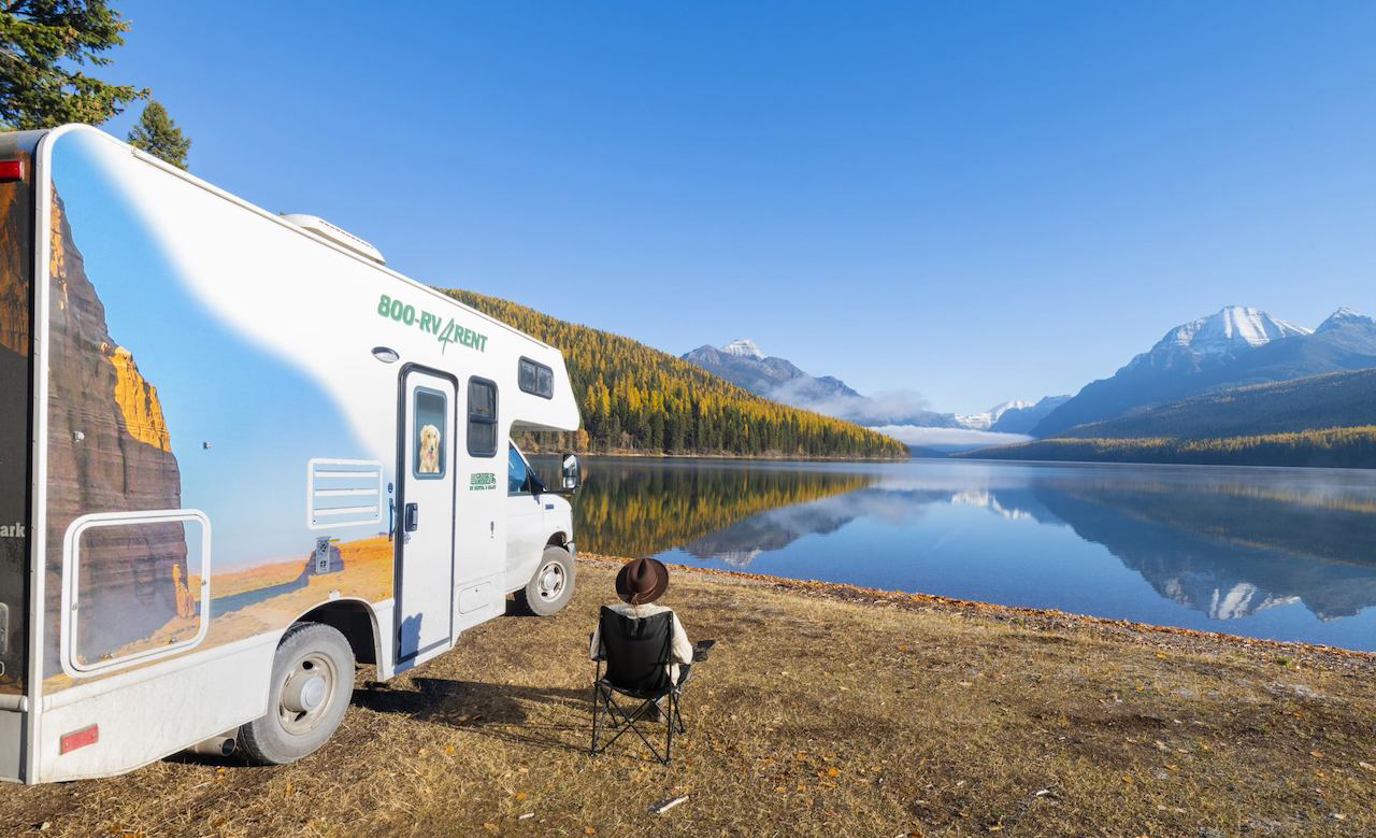
Camping on BLM Land: The Smart Camper's Guide
ShareIn today’s increasingly busy, over-scheduled world, it’s challenging to truly get away from it all and unplug, even for a quick weekend. At the same time, it’s also increasingly difficult to find tranquil, wide-open spaces you can enjoy all to yourself.
Fortunately, there’s a fantastic solution: BLM (Bureau of Land Management) camping. What is BLM camping, you ask? Great question!
In this guide, we answer that question and others, including “Can you camp on BLM land?” (hint: the answer is YES!).
What is BLM Camping?
Often referred to as dispersed camping or boondocking, BLM camping involves public lands as opposed to developed campgrounds. There are exceptions, but generally speaking, this type of federal land camping means rustic accommodations — think a fire ring and picnic table with no bathrooms or RV hookups.
The tradeoff is well worth it, as many BLM campsites are in incredibly scenic areas far from crowds. For campers seeking more solitude, BLM RV camping is the ideal adventure.
Where To Find BLM RV Camping
Now that you know the answer to “Can you camp on BLM land?,” the next step is to actually find a site. If you’re completely new to BLM camping, not to worry — finding the perfect campground is a huge part of the experience! And luckily, with over 240 million acres of BLM land in the U.S., that’s a fairly simple task.
To find federal land camping, start with the interactive map on the BLM website. The map indicates whether a campsite is dispersed or developed and gives other details, including nearby attractions such as hiking trails and day-use areas.
Note that many BLM campsites are first-come, first-served, but some do require reservations. If reservations are required, the BLM map will direct you to recreation.gov to select and pay for your site.
Other great (and free!) resources for finding BLM RV camping include:
- U.S. Forest Service - Several interactive maps that offer photos and detailed information about BLM campsites, Forest Service roads, trails, wilderness areas, and more.
- The Dyrt - Allows you to search for campsites based on filters including site type and cost. For example, you can specify that you’re looking for a free dispersed campsite. Users can also review campsites and upload individual photos.
4 Important BLM Camping Rules
While BLM RV camping comes with a ton of flexibility and freedom, there are some vital do’s and don’ts to be aware of.
1. Practice Leave No Trace
This is by far the most important of all BLM camping rules. The Leave No Trace principles help ensure that while we enjoy Mother Nature, we also protect it. These principles include traveling and camping only on durable surfaces, being respectful of wildlife and other campers, practicing campfire safety, and packing out all waste, including food scraps.
Dispersed BLM campsites generally do not have trash bins, so it’s especially important that we pack out and properly dispose of all waste we generate.
2. Know Where You Can and Cannot Camp
BLM camping rules have several specifics when it comes to campsite locations.
- You cannot camp within one mile of developed campsites, day-use areas, and trailheads.
- Do not camp anywhere with “closed to camping” signage.
- Camp at least 100 feet away from any water source, whether natural or manmade.
- Set up camp within 150 feet of roads.
- Camp in existing sites, so as not to disturb additional land. Look for telltale flat areas and remnants of campfires.
3. Make Note of Specific Fee and Permit Requirements
Many — but not all — BLM campsites are completely free to enjoy. You can reserve and pay for some sites in advance on recreation.gov, while others use an old-fashioned cash-in-an-envelope approach. Some sites may also have camp hosts who collect payments. In other cases, passes such as the America the Beautiful annual pass (i.e., the National Parks Pass) may cover site fees or provide a reduced fee.
Do plenty of research on your desired BLM campsite beforehand and if anything is unclear, call the closest field office (usually listed on the campsite’s official website).
4. Keep Track of the Date
In order to protect sensitive land and other natural resources, the BLM has very specific rules about how long you can camp in any given spot.
Campers cannot stay in the same spot for any more than 14 days in a 28-day period. That 28-day period starts the day you arrive at your campsite, and the 14-day limit does not mean consecutive days. In other words, whether you choose to camp for two weeks straight or you camp for two or three days each week, you cannot exceed 14 days in that 28-day timeframe.
On the 29th day, the 14-day clock starts over again. This ensures that everyone gets to enjoy their favorite campsites over and over again!
Enjoy BLM RV Camping With Cruise America
Now that you know the ins and outs of federal land camping, it’s time to go out and enjoy it! With more than 130 convenient pickup locations across the U.S. and several RV models to suit every group size, Cruise America makes it easy to simply pack up and go.
So what are you waiting for? Reserve an RV rental today! Before you head out, check out some of our other blog posts on boondocking tips and online forums for dispersed camping. Have fun out there and be safe!





